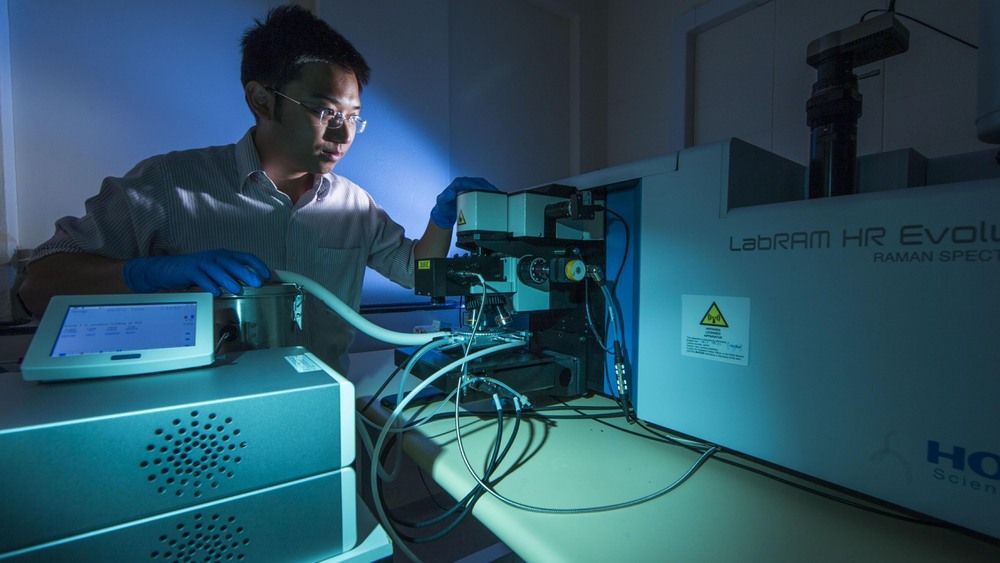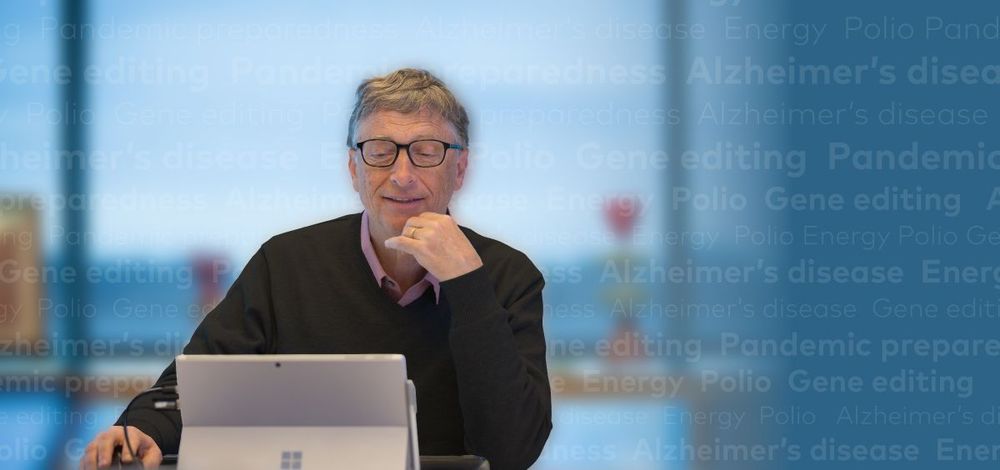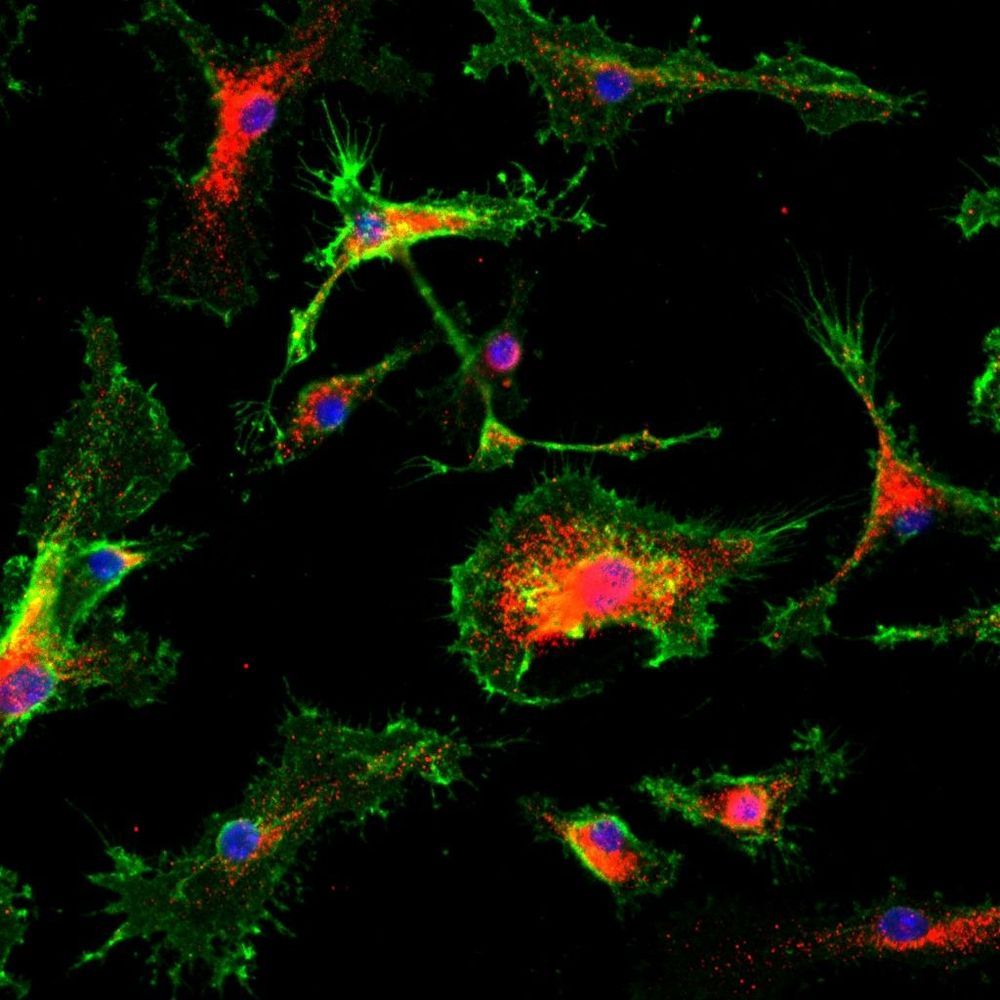A new study suggests that subatomic particles called muons streamed through the atmosphere and fatally irradiated megafauna like the monster shark megalodon.
“Aging is a complicated process with multiple modulations occurring at many levels, from the molecular to the cells. Ginseng, an ancient Chinese herb widely used in Eastern medicine, has been studied for its anti-aging properties., and has been shown to have beneficial effects with regards to anti-inflammation, anti-oxidation, cardiovascular regulation, neurological improvement, anti-tumor, skin protection and immune modulation. The evidence on the life-prolonging effects of ginseng remains inadequate, and further studies are recommended. Investigations integrating science and technology will be needed to further explore the effects of ginseng on the human body to fully understand its potential.” Low-tech life extension I have taken safely for decades.
Aging is an irreversible physiological process that affects all humans. Numerous theories have been proposed to regarding the process from a Western medicine perspective; however, ancient Chinese medicine practices and theories have increasingly gained attention, particularly ginseng, a grass that has been studied for the anti-aging properties of its active constituents. This review seeks to analyze current data on ginseng and its anti-aging properties. The plant species, characteristics, and active ingredients will be introduced. The main part of this review is focused on ginseng and its active components with regards to their effects on prolonging lifespan, the regulation of multiple organ systems including cardiovascular, nervous, immune, and skin, as well as the anti-oxidant and anti-inflammatory properties. The molecular mechanisms of these properties elucidated via various studies are summarized as further evidence of the anti-aging effects of ginseng.
Keywords: Ginseng, Anti-aging, pharmacology, molecular mechanism.
Aging is an inevitable biological process that leads to progressive structure modification and physiological dysfunction. According to Zhores Medvedev, there are more than 300 hypotheses of aging [1]. Many theories attempt to explain the process of aging, but none seem to be comprehensive [2]. The theory of aging can essentially be categorized into two main schools of thought as to the underlying factors: programmed factors vs. damage-related factors. Programmed factors follow a biological timetable, perhaps a continuation of the one that regulates childhood growth and development. Changes in gene expression subsequently affect the systems responsible for the responses involved in maintenance, repair and defense. Damage-related factors, on the other hand, include internal and environmental assaults to the living organism that induce cumulative damage at various levels [3].
For a child, recovering from a broken bone is typically a short-lived, albeit painful, convalescence. But for older adults, it can be a protracted and potentially life-threatening process.
Finding ways to speed bone repair is a public health priority that could save both lives and health care expense. The Centers for Disease Control and Prevention reports that more than 800,000 patients a year are hospitalized because of fall injuries, including broken hips, and these hospitalizations cost an average of $30,000.
“Delayed fracture healing is a major health issue in aging, and strategies to improve the pace of repair and prevent the need for additional surgeries to achieve healing substantially improve patient outcomes,” said senior author Benjamin Alman, M.D., chair of the Department of Orthopedic Surgery at Duke.
The spacecraft that have peered through the yellowish haze surrounding Saturn’s moon Titan discovered a strange, yet strangely familiar world where life could theoretically take root. Now, scientists want to return — this time buoyed by Earth’s fascination with drone technology.
That’s precisely what a team of scientists working on a proposed mission called Dragonfly want to do: combine terrestrial drone technology and instruments honed by Mars exploration to investigate the complex chemical reactions taking place on Saturn’s largest moon. Later this year, NASA will need to decide between that mission and another finalist proposal, which would collect a sample from a comet.
“At first blush, I think a lot of people think [Dragonfly] sounds like the literal meaning of incredible,” Melissa Trainer, a deputy principal investigator with the mission, told Space.com. “Not only is this an incredibly exciting concept with amazing, compelling science, but also, it is doable — it’s feasible from an engineering standpoint.” [Landing on Titan: Pictures from Huygens Probe on Saturn Moon].
As I look back on the year, I am also thinking about the specific areas I work on. Some of this is done through our foundation but a lot of it (such as my work on energy and Alzheimer’s work) is not. What connects it all is my belief that innovation can save lives and improve everyone’s well-being. A lot of people underestimate just how much innovation will make life better.
Here are a few updates on what’s going well and what isn’t with innovation in some areas where I work.
Bill Gates looks back on 2018, and shares a few thoughts on what’s going well and what isn’t with innovation in some specific areas that he works on.
‘Right to repair’ gathers force
Posted in electronics
A machine which triples the time livers can survive outside the body promises to halve the transplant waiting list, experts have said as officials approved its use in the NHS.
Hundreds more patients with advanced liver disease — Britain’s fifth biggest killer — have hope of a successful transplant after the “game-changing” technique was given the green light by the National Institute of Health and Care Excellence (Nice).
Currently livers intended for transplant typically survive for only about eight to ten hours on ice.









